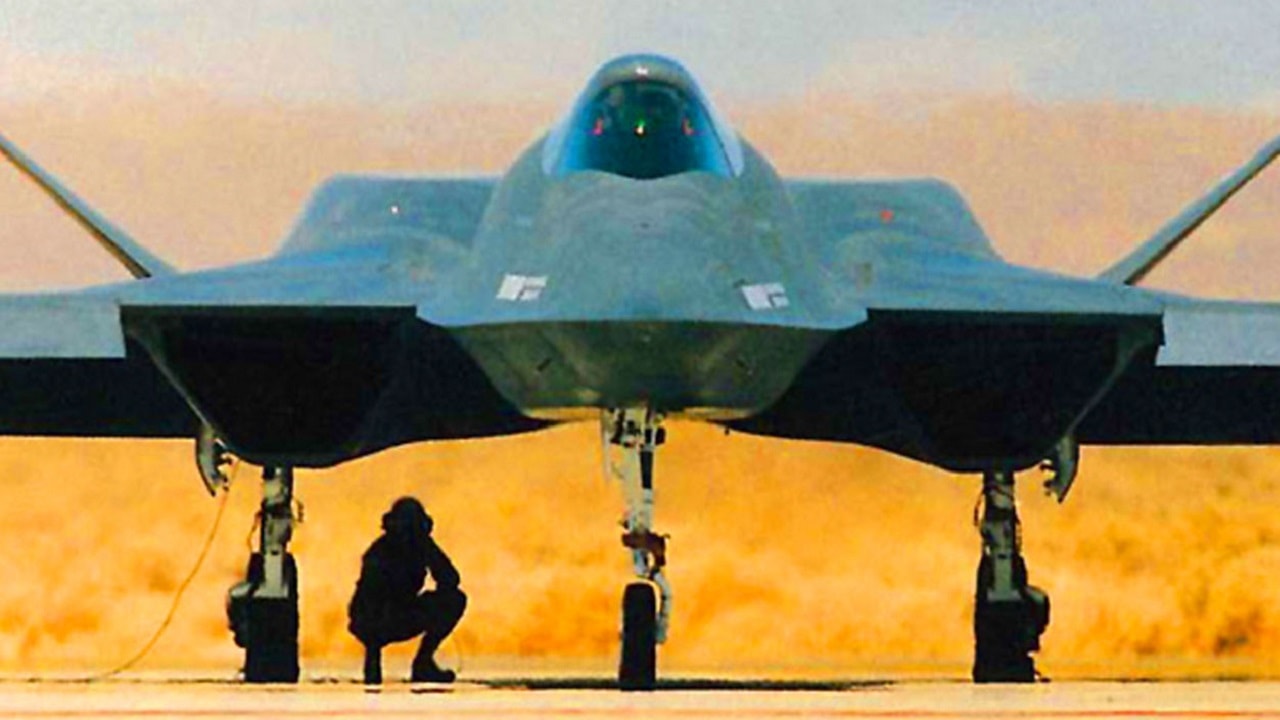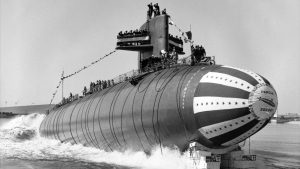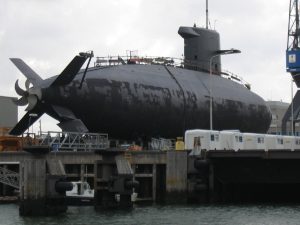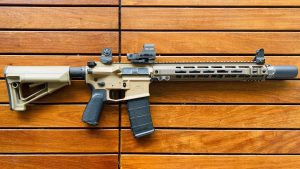Lockheed’s F-22 would experience numerous delays and go significantly over budget, leading some people to ask if the YF-23 was a superior aircraft.
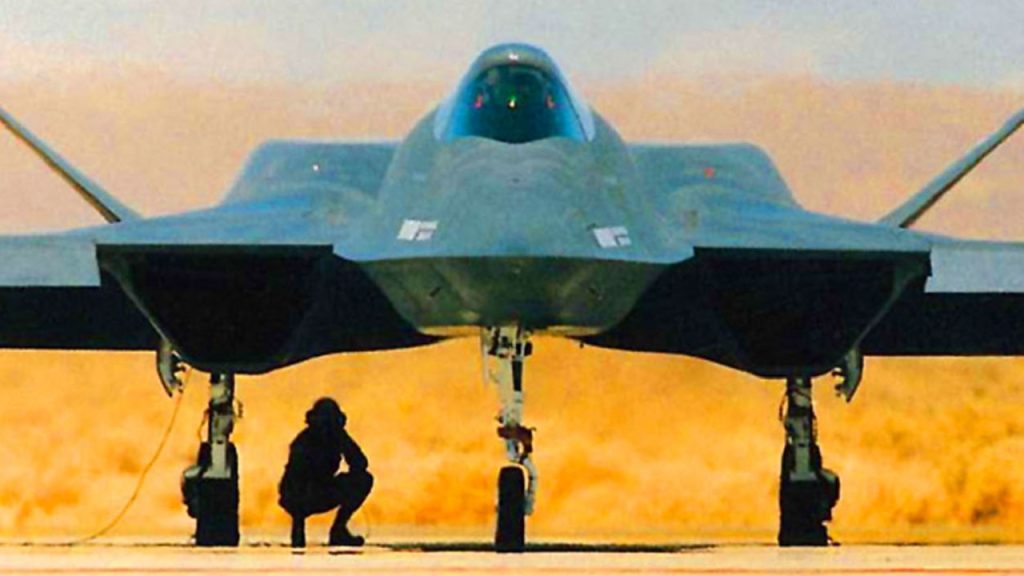
A former U.S. Air Force man recounts the history of the YF-23. The 1980s wore out the Soviet Union.
The Soviet Union was disintegrating because it could not keep up with the United States, was mired in Afghanistan, and only managed to handle the Chornobyl disaster.
But with new weaponry coming off the assembly line and a growing stockpile of nuclear missiles, the Soviet Union seemed as menacing to the United States as ever.
Under pressure from what they perceived as a capable enemy, the United States started thinking about the next generation of fighter aircraft, which would make sophisticated Soviet fighters like the Su-27 and MiG-29 obsolete.
The USAF’s war planners wanted their newest jets to include cutting-edge technologies because they had a vision. For instance, stealth was essential to the B-2 Spirit and F-117 Nighthawk programs that were in development at the time. Despite this, the United States lacked a stealth fighter (the F-117, despite its “F” designation, was an attack aircraft rather than a fighter).
The USAF also wanted their new fighter to be able to “supercruise,” or go supersonic, without using afterburners.
A fighter may catch enemy fighters while flying with a supercruise and avoid using afterburners, saving the fuel needed for a duel.
The Advanced Tactical Fighter (ATF) competition was a condensed version of the USAF’s concept for a new fighter. The highly lucrative contract, which was thought to be for roughly 750 cutting-edge (and pricey) fifth-generation fighters, attracted proposals from Northrop and Lockheed Martin.
Lockheed submitted the YF-22, which was selected for the job and later evolved into the F-22 Raptor. Although it lost, Northrop’s contribution, the YF-23, was a fantastic aircraft.
In fact, rather than any performance issue, the YF-23 lost the contract primarily due to “politics,” as it could keep up.
The YF-23 appeared as a science-fiction vehicle, perhaps from Independence Day or another movie. The YF-23 made a remarkable impression with its distinctive trapezoidal wing, dropping the duckbill-shaped nose, pushed-forward cockpit, and V-shaped tail. Northrop produced two YF-23s.
Using two Pratt & Whitney engines, the first, Black Widow II, reached a top speed of Mach 1.43. The General Electric YF120 engines on the second YF-23, also known as Grey Ghost, allowed it to reach a top speed of Mach 1.6.
The YF-23 had traditional fixed engine nozzles, whereas the YF-22 used thrust vectoring technology. As a result, the YF-22 was the more maneuverable aircraft. However, since thrust-vectoring nozzles enhance a jet’s radar cross-section, the YF-23 outperformed the YF-22 regarding stealth performance.
Regarding the operational range, the YF-23 performed better than the Lockheed fighter. But the Northrop team struggled in the areas that may matter the most: marketing and reputation.
As a result of the B-2 program’s delays and overrun costs, Northrop was in hot water with the Pentagon. Additionally, Lockheed went all out during the ATF’s flight testing phase to impress military decision-makers. Lockheed operated the YF-22 at high angles of attack, fired missiles, and pulled 9G maneuvers.
The Pentagon was impressive. On the other hand, Northrop took a more conservative, careful approach to the flight tests.
Was the YF-23 capable of keeping up? Most likely, yeah. Because Lockheed was awarded the contract, and the YF-23 was put on hold.
Ironically, Lockheed’s F-22 development would have several setbacks and be significantly over budget, leading some to question whether the YF-23 was a superior aircraft.


